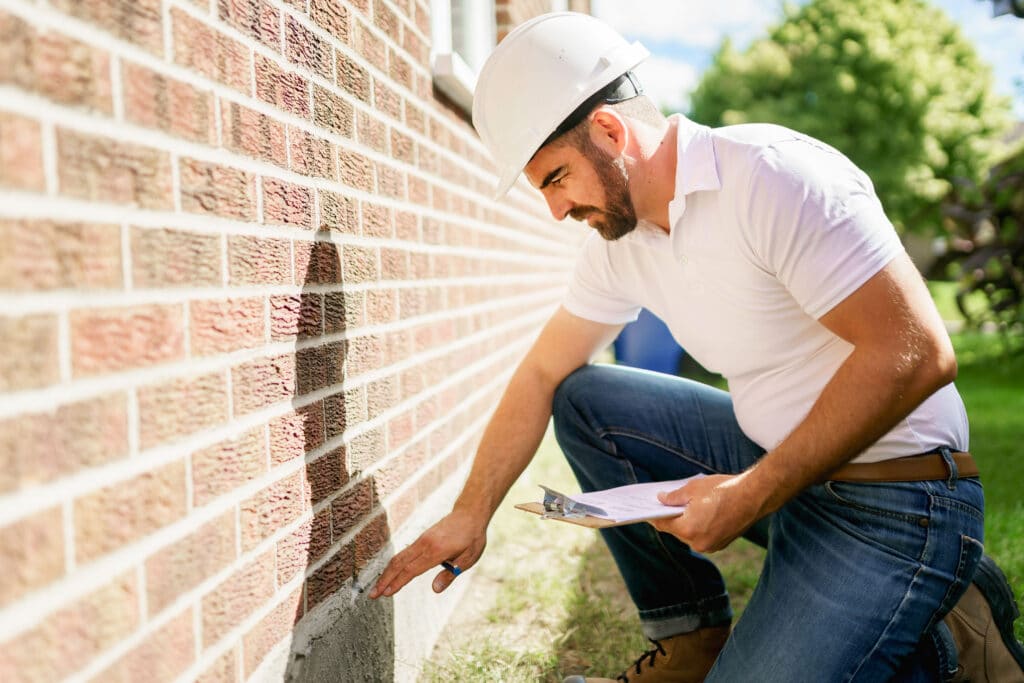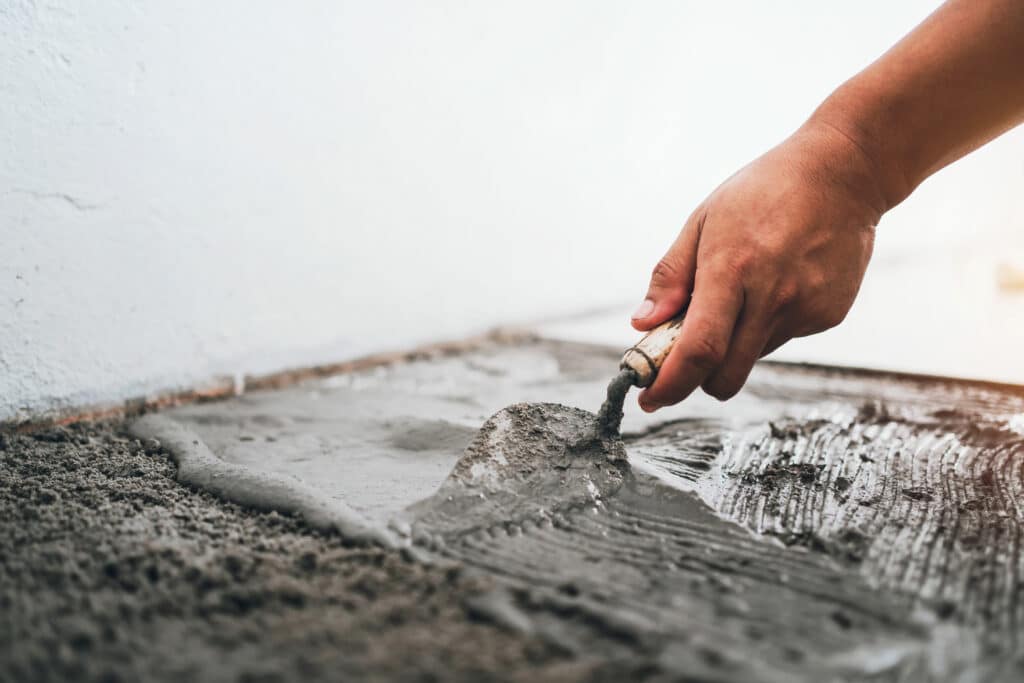Common Causes of Foundation Problems in Springfield
A home in Springfield might experience foundation issues for a variety of reasons. Some are unique to the local environment, while others are common nationwide. They include:
- Soil composition: Soil with large sand or clay concentrations is highly expansive. In the heavy rainfall Springfield experiences, the soil soaks up moisture like a sponge, then releases it in dry seasons. The constant expansion and contraction presses against nearby foundations, even if the foundations stay dry.
- Standing water: Pooling water around your home can harm your foundation's integrity, especially when it gathers in areas your gutter system doesn't protect.
- Aging plumbing: While many Springfield homes are fairly new, some still use cast-iron plumbing. When the pipes start eroding, leaking water could reach your foundation and even pool beneath it.
- Tree Roots: Tree roots can encroach on a home's foundation through crevices, and may create stress that causes your foundation cracking, pipes rupturing, and overall structural weakening.
How to Choose the Best Foundation Repair Company
Your home's integrity relies on its foundation. It's essential to choose the best team possible. Focus your research on these features:
Licensing and Experience
Missouri doesn't issue contractor licenses, but foundation repair companies must still register with the Secretary of State. Local governments often have their own licensing requirements for contractors. Talk to representatives to gain additional insight into a company's experience. You should ask about local building codes, inspection processes and permit ordinances.
Contractor websites are among the best places to do your research. Usually, a business will disclose how long it's been in the industry. It might also upload articles to assist prospective customers.
Customer Reviews
Before choosing a company, review its online profile with the Better Business Bureau (BBB). You can examine both positive reviews and complaints. Complaints aren't necessarily a red flag in themselves. Instead, discover how a company responds to them. If the management team proactively and consistently resolves issues, it's a good sign. However, if the company lacks accreditation, shows more negative reviews than positive ones, and doesn't communicate well, you should avoid working with it.
Finally, we recommend you search different websites, including Trustpilot and Google, for other reviews.
Foundation Repair Cost in Springfield
The cost of foundation repair can vary substantially based on the scale of the problems and what must be done to fix them. For minor foundation fissuring and settling concerns, you may pay as little as $1,800. However, if there is considerable destruction, the typical cost will be around $2,800. More complex jobs involving excavation, helical piers, or major concrete leveling could run you $6,800. This table shows the average foundation repair costs for common issues.
| Common Foundation Repair Services | Average Cost |
|---|---|
| Crack Repair | $335 |
| Leak Repair | $2,668 |
| Stabilization | $4,604 |
| Underpinning | $1,285 |
| Waterproofing | $2,944 |
Ready to Get a Quote on Your Foundation Repair Project?
Please enter a valid 5-digit zip code!
Frequently Asked Questions About Foundation Repair in Springfield
What will I pay to repair my foundation in Springfield?
What are the different types of foundations in Springfield?
What preventive measures can I take to avoid foundation issues?
- Make sure your home's gutters and downspouts are in good condition and direct water away from your foundation to avoid water accumulation.
- Water the soil around your foundation evenly, especially during dry spells, to prevent expansion and shrinking.
- If possible, grade the soil around your home to angle away from your foundation, promoting water drainage and reducing the risk of foundation issues.
- Check your foundation for cracks, and address any issues promptly.
Do I need to leave my home for foundation repair work?
That said, foundation repair crews use heavy machinery, and you'll occasionally experience loud noises or tremors. If either of these will disturb you, you might prefer to leave and return when the crew is finished.
To share feedback or ask a question about this article, send a note to our Reviews Team at reviewsteam@thisoldhousereviews.com.
More Foundation Resources
National Foundation Repair Ranking Methodology
Sources
U.S. Census Bureau (American Communities Survey)
















